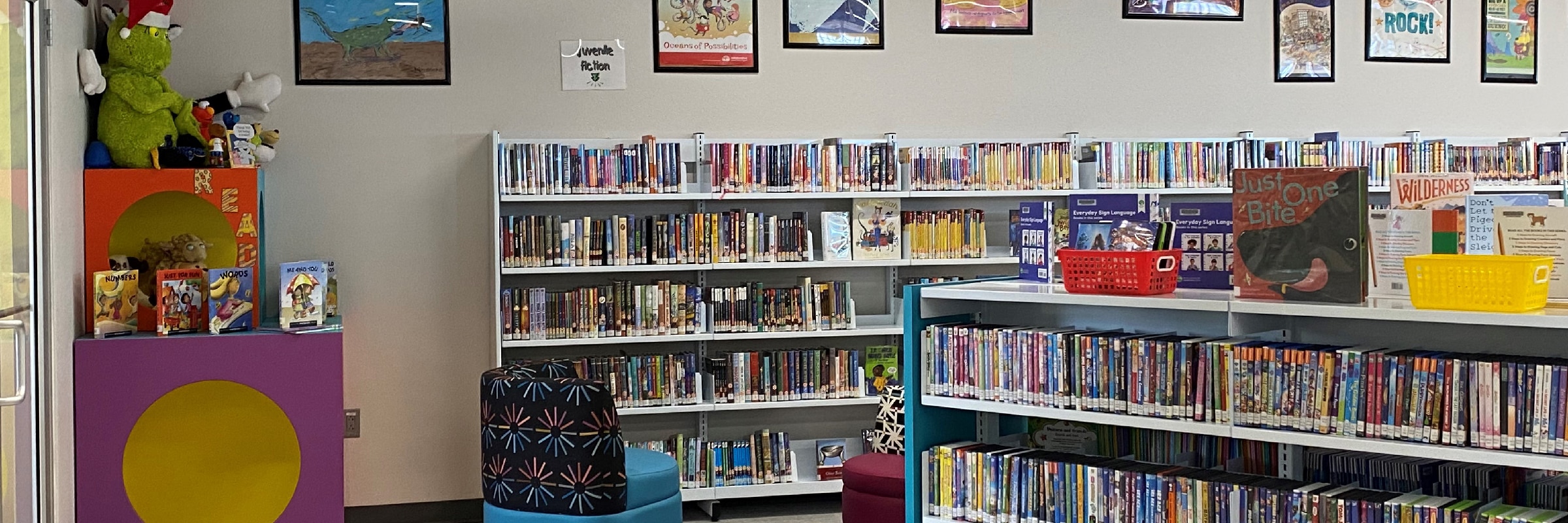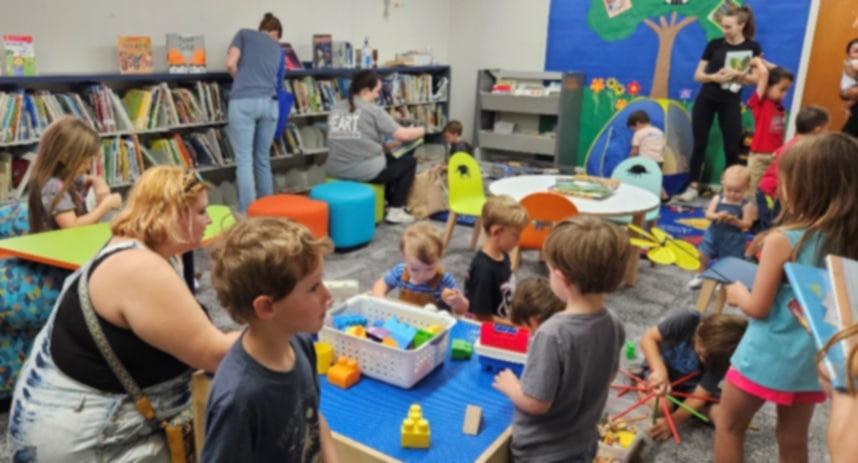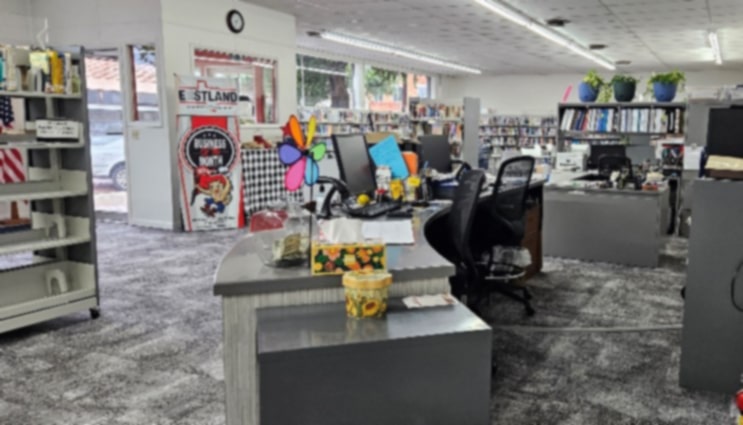
Improving Your Grant Proposal
Our Foundation team is here to help with any questions and guide you through the grant process. These discussions often lead to stronger requests, resulting in a more significant impact on the library. Additionally, they serve as a preliminary review before submission.
Application recommendations
Tell us your story
While the staff and board members would like to visit every library to gain greater insight, it’s just not possible but the more you share in your narrative the better we can understand your vision. Tell us what makes your community unique. How has customer usage changed in the last 5 years? In the last 10 years? And how have those changes influenced your plans for the future of the library?
The narrative portion of the grant application is place where you paint that picture and then explain how you are going to accomplish it. Take us through each step and remember that we are not nearly as familiar with your library as you are. It is always a good idea to have more than one person read the application prior to submission to assure clarity of purpose and present a well-written application.
Take advantage of your resources
The Texas State Library has books available for borrowing in the areas of Marketing, Technology, Grant-seeking, and Leadership/Management. Visit their website or email them at lsc@tsl.state.tx.us
Project-specific recommendations
Collection development
Tell us about your collection
Plan for one year
Use the narrative portion of your application to demonstrate that you have recently assessed your collection and identified the areas of greatest need. Fiction, non-fiction, reference, large print, non-English, audio books, DVD's, adult, young adult, children’s music, etc.
Requests should not exceed the amount of materials that can be purchased and processed within one year. As a rule, applications for materials will be considered within the context of the number of staff available to select, acquire, and process materials.
Submission requirements
Applicants seeking funds for collection development must include the library's complete collection development policies including details on acquisition, selection, weeding, and reconsideration.
Leverage discounts
Take advantage of state-negotiated prices through various book vendors. View the Texas State Library’s contracts page and visit Print Materials and Multimedia.
Helpful tips
- Collection requests are available from $5,000 to $10,000.
- It is not necessary to list each title on the application form.
- Select quality, shelf-ready materials from a reputable, library vendor instead of Barnes & Noble or Amazon.
Technology
Plan for three to five years
Leverage discounts
Applicants are encouraged to take advantage of state-negotiated contract prices and a mandated three-year warranty. Check with your vendor to insure you are getting the appropriate discount. Visit the Texas State Library’s website for more information.
Hardware specifications
Vendor quotes must include specifications for each device, including details on the type (desktop, laptop, or tablet) processing speed, amount of memory/RAM, and hard disk capacity.
Hardware funding limits
- Libraries can request funding for three types of devices: desktops, laptops, and tablets.
- There is a limit of two devices per category per funding request.


Automation
Automation grants have limited eligibility. Please contact our office to discuss your eligibility.
System requirements
Automation software must be a web-based software running on Windows. Quotes must include a list of system requirements for operation: hardware, software, and any additional equipment or supplies.
Stay up to date
The library must show that the shelf list is current and collection weeding is on-going.
Retrospective Conversion
Based on our experience, it's better to hire a suitable vendor for retrospective conversion. Doing it in-house is challenging, consuming valuable volunteer and staff time, lacking a double-check database, and not offering warranties on the final project.